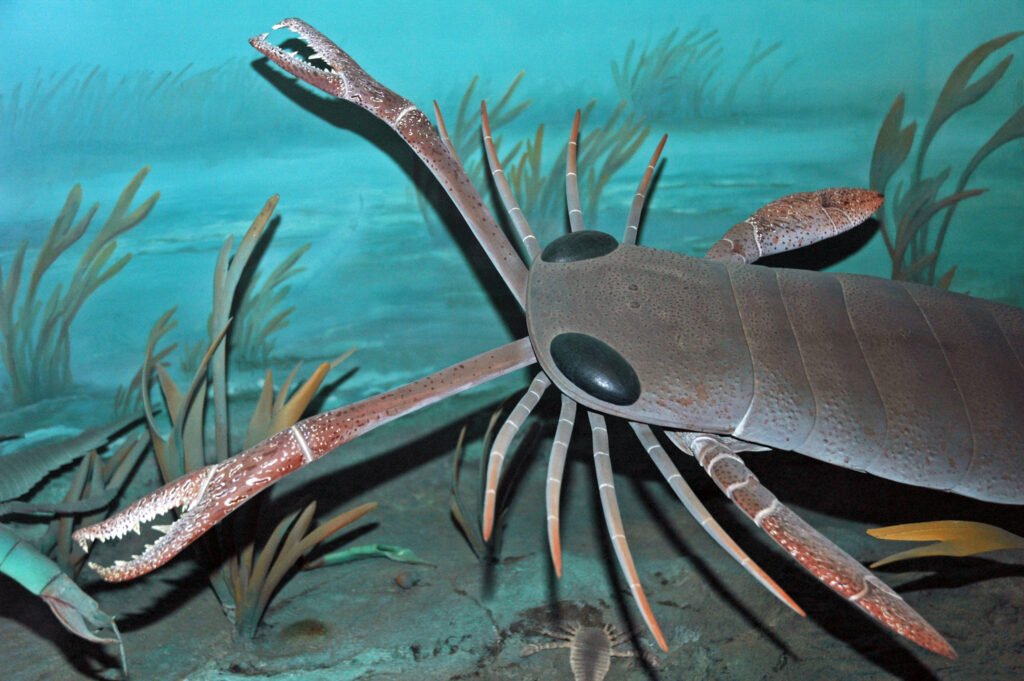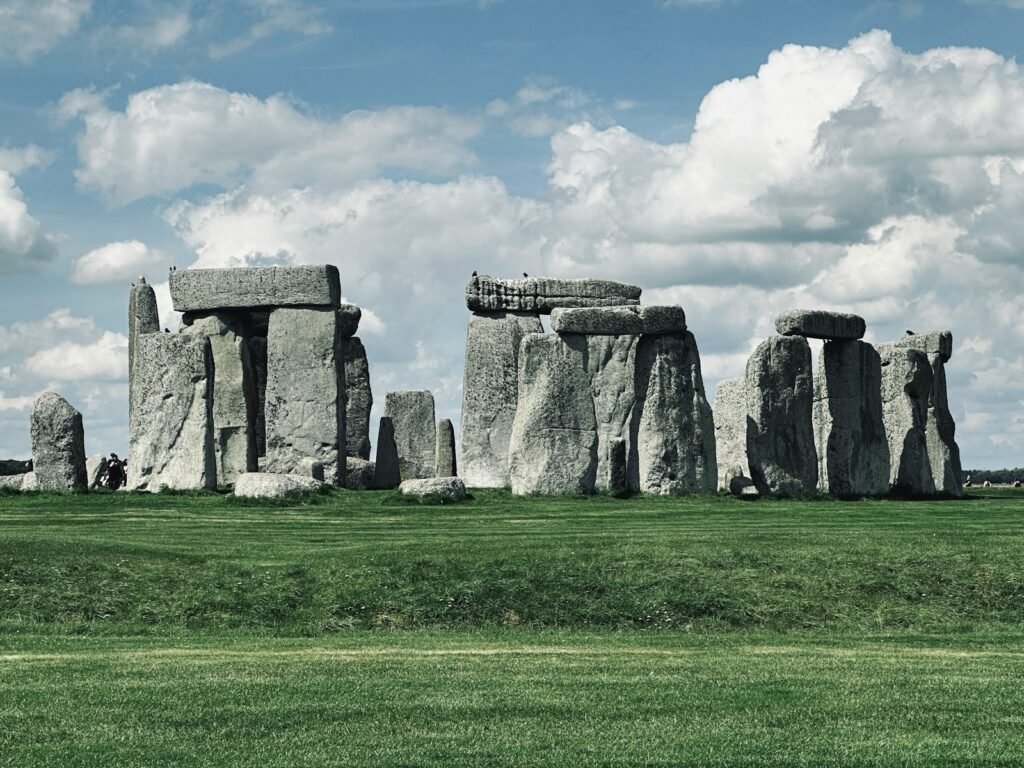Picture a world where the first coastlines are raw and empty, yet the seas churn with strange life that looks equal parts alien and beautiful. The Cambrian Period, more than half a billion years ago, was the stage for life’s grand opening act, when animal bodies diversified at a dizzying pace. People often think of dinosaurs as the dawn of drama, but the real plot twist started long before them – and long before true sea scorpions took over later Paleozoic seas. In the Cambrian, other arthropod titans ruled, and their legacy still shapes every fish, insect, and human alive today. That’s the mystery and the thrill: the clues are silent rocks and shadowy fossils, but the story they tell is loud.
The Hidden Clues
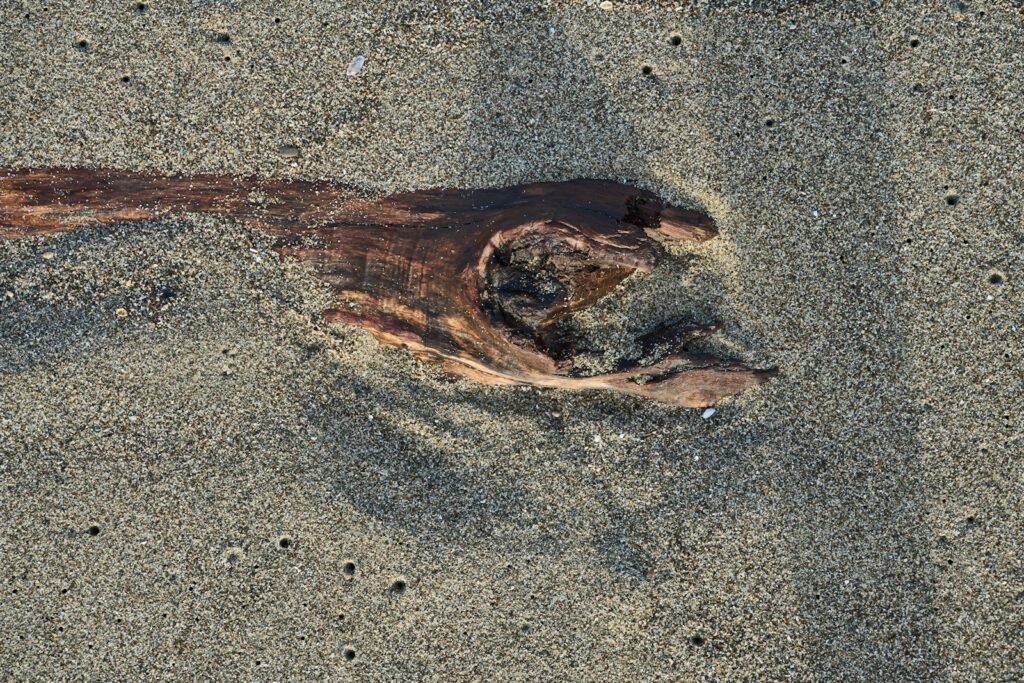
Walk into a museum drawer labeled Burgess Shale or Chengjiang and you’ll find wafer-thin rocks that act like time capsules, preserving soft tissues that rarely survive decay. Those delicate imprints reveal gills, gut tracts, eyes, and even tiny bristles, details that let scientists reconstruct entire food webs rather than just hard shells. When I first saw a palm-sized slab shimmering with the outline of a trilobite’s legs, it felt like reading a diary entry written in minerals. These deposits are rare, but they hold outsized power: they capture everyday lives rather than only the armored elite. That tilt toward soft-bodied snapshots changes the story we tell about early ecosystems.
Crucially, these treasures show that many major animal blueprints had already arrived by the middle Cambrian, from early chordates to arthropods with complicated appendages. Instead of a slow, even march, the fossil record looks like a burst of experiments followed by refinement and pruning. The sandstone and shale act like theater lighting, spotlighting moments when anatomy took chances. Where the lighting dims, we fill gaps with careful inference, not wishful thinking. The result is a story that is surprising, yes, but anchored in evidence.
From Ancient Tools to Modern Science
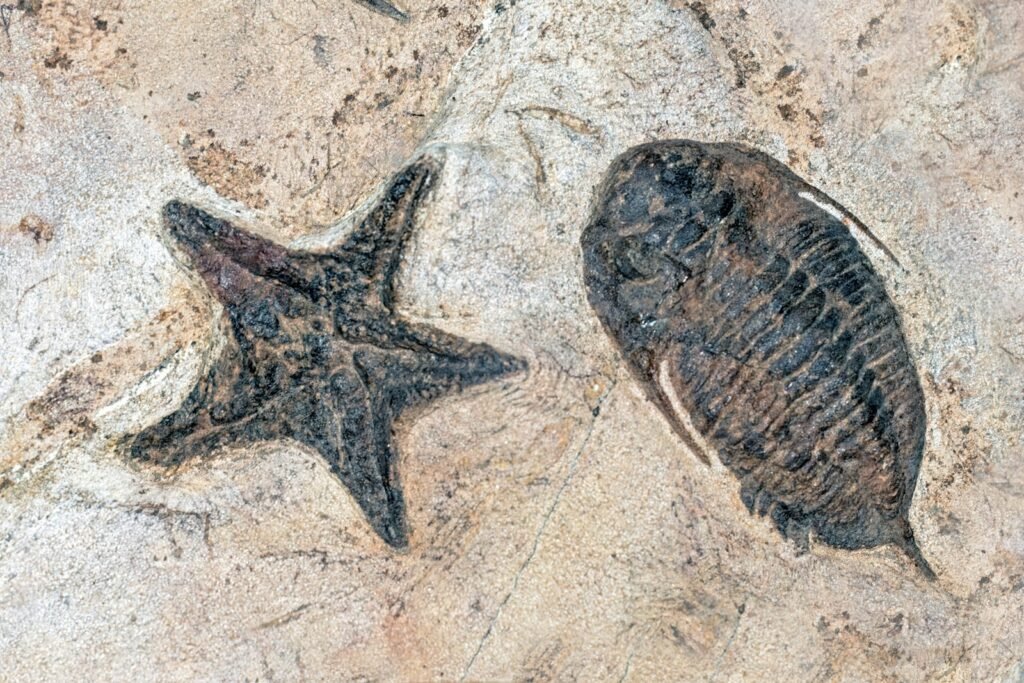
For decades, Cambrian research leaned on chisels, hand lenses, and comparative sketches – a craft as much as a science. Today, micro‑CT scanning, synchrotron X‑ray imaging, and chemical mapping peel back layers without destroying the fossil, revealing muscles, digestive caeca, and even eye facets. Digital models then test how an animal swam or hunted, turning static fossils into moving hypotheses. Machine‑learning tools segment fossil outlines from noisy backgrounds, speeding up what used to take months at a time. The fossil cabinet has become a lab bench for biomechanics and geochemistry.
Geochemists read seawater chemistry locked in ancient minerals, tracking oxygen pulses that may have opened ecological space for bigger, faster animals. Paleontologists combine those signals with phylogenetic methods to place oddballs – like five‑eyed swimmers or armored slugs – on the tree of life. That blend of tools narrows what once felt like foggy narratives into testable stories. We’re not guessing in the dark; we’re measuring in the dim and turning up the brightness. It’s an upgrade from charcoal sketches to high‑definition cinema.
Meet the Players
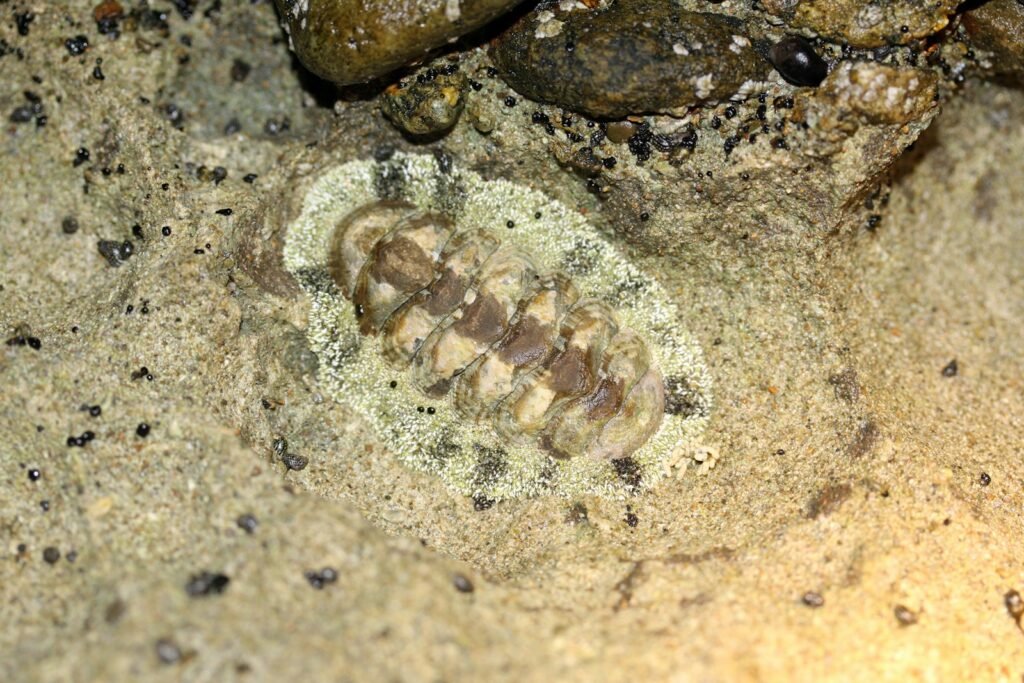
The popular label “sea scorpions” conjures eurypterids, which actually flourish after the Cambrian, but predatory arthropods already owned the stage. Radiodonts – the lineage that includes Anomalocaris – patrolled the water column with grasping frontal appendages and circular, tooth‑lined mouthparts. Trilobites, with their segmented armor and compound eyes, crawled and swam through nearly every marine habitat, some burrowing, others cruising like armored roombas. Soft‑bodied wonders like Hallucigenia, bristling with spines, and Opabinia, with its flexible frontal nozzle and multiple eyes, add the “you can’t make this up” factor. Priapulid worms, hyoliths in conical shells, and early chordates such as Pikaia and Myllokunmingia filled in the food web’s middle and base.
Each body plan looks odd until you see the logic: spines deter, eyes detect, paddles propel, and armor buys time in an arms race. What seems bizarre today was competitive yesterday. The Cambrian ocean hosted grazers on microbial mats, sediment sifters, mid‑water hunters, and shell‑snatchers – all playing parts we still see in modern seas. The script is familiar; the costumes were wilder. That continuity is the quiet headline of the Cambrian.
The Cambrian Arms Race
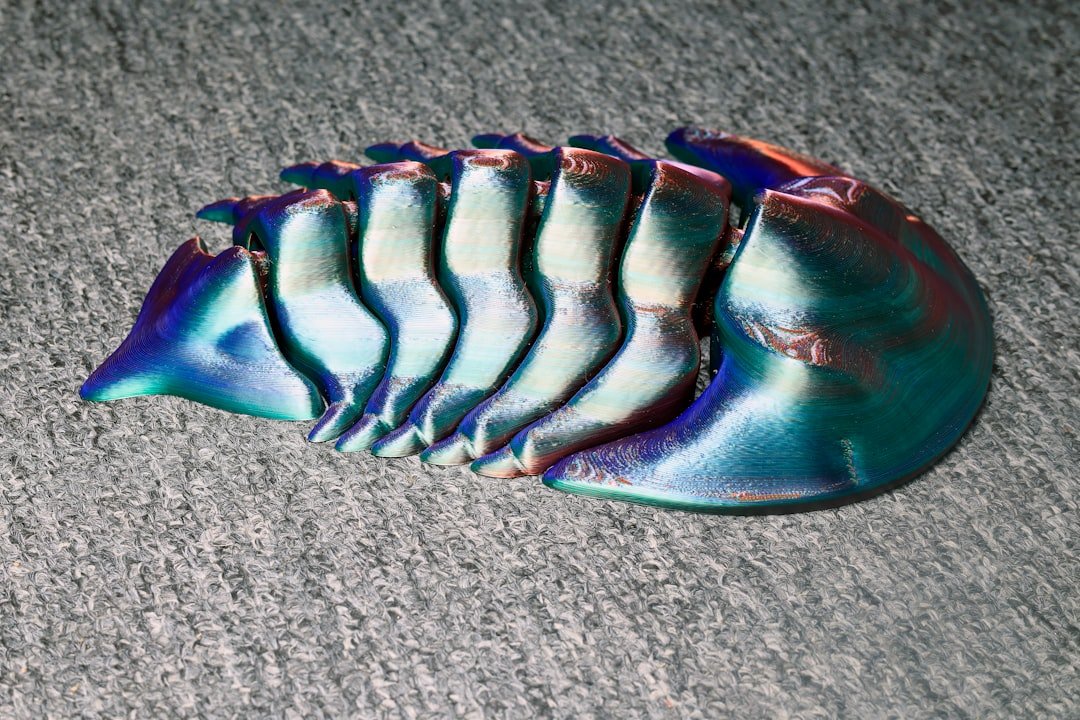
Predators and prey didn’t politely take turns; they sprinted. As predators grew faster and more coordinated, prey responded with shells, spines, burrows, and body armor that turned skin into a shield. Eyes with many lenses sharpened vision in dim waters, making ambush harder and pursuit easier. Burrowing behavior expanded the world downward, carving living space into the seafloor – essentially inventing neighborhoods within mud. Even feeding styles diversified, from sieving plankton to slicing soft tissue.
Fossils bear the scars: broken trilobite carapaces that healed, bite marks that match the geometry of radiodont mouthparts, and trace fossils that show sudden dives into the sediment. Mineral availability and seawater chemistry mattered, but ecology did the steering. The push‑and‑pull of offense and defense shaped not just bodies but landscapes, churning sediments and oxygenating porewaters. The arms race isn’t a metaphor; it’s etched into exoskeletons. It’s the reason a tidepool today still looks like strategy in motion.
A World Built on Microbes

Before lush seagrass meadows and coral reefs, the Cambrian coastlines were draped in microbial mats – living carpets of bacteria and algae. Many animals grazed, scraped, or tunneled through these mats, which stabilized sediments and created slippery, oxygen‑modulated microhabitats. When those mats broke apart, nutrients pulsed into the water, sometimes fueling blooms that fed filter‑feeders. The matworld was both pantry and pavement, feeding animals while also giving them a surface to crawl, dig, and hide. It’s hard to overstate how much these microscopic engineers structured the Cambrian stage.
As burrowers became more numerous and energetic, they punctured and mixed the mats, changing the chemistry of the seafloor in ways that favored more oxygen‑using animals. This feedback helped transition ecosystems from microbial dominance toward animal‑built habitats. Think of it as the moment when tenants started renovating the house they lived in. Modern mudflats still echo that balance between microbes and animals. The Cambrian didn’t erase the microbial world; it recruited it.
Why It Matters
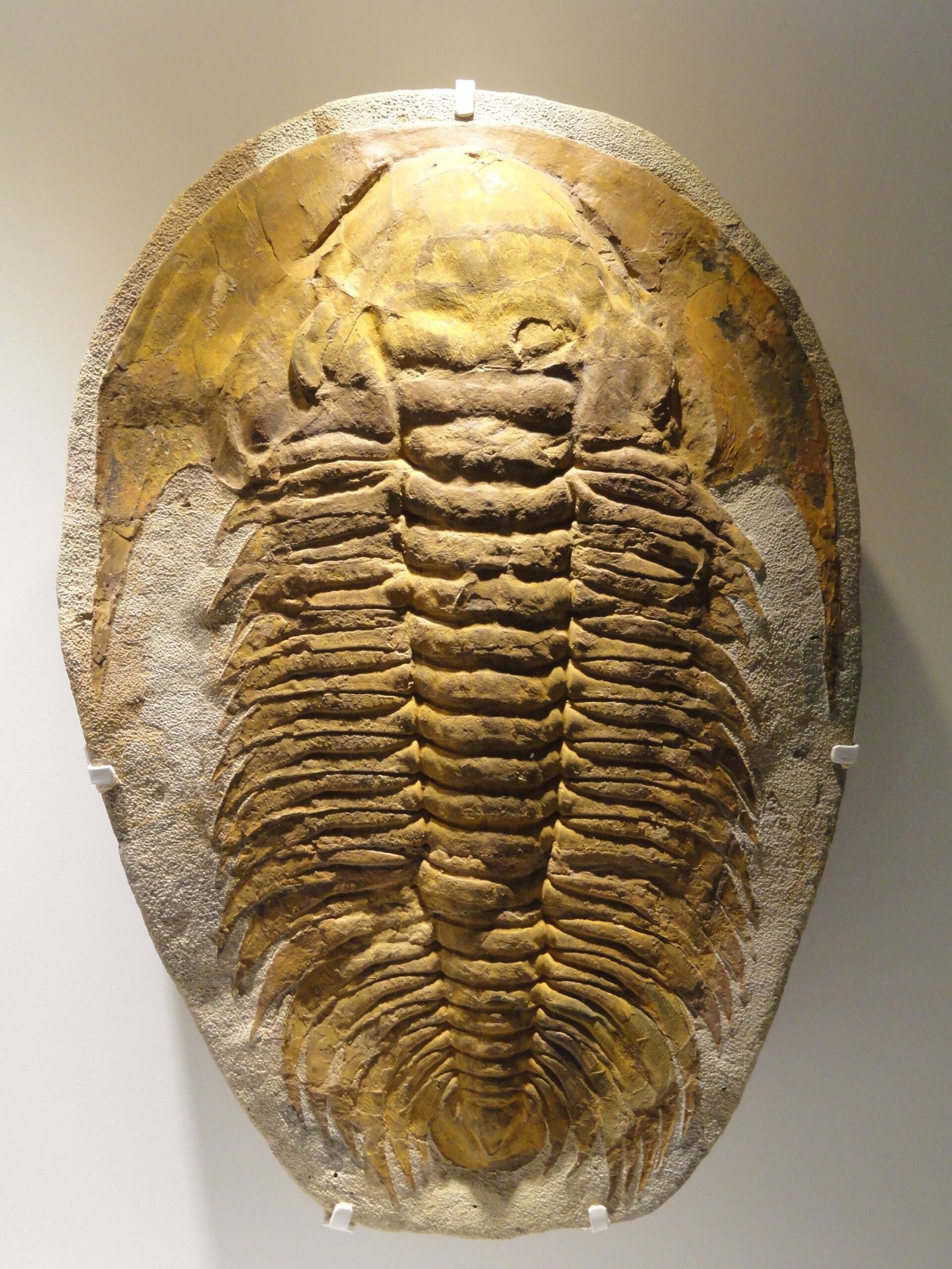
The Cambrian isn’t just a curiosity; it’s the baseline for how complex ecosystems assemble and rebound. Many major animal lineages first leave unambiguous fossil tracks here, letting us test evolutionary ideas rather than argue them in the abstract. Comparing morphological disparity – the spread of body forms – with species counts shows that body plans diversified early, with species richness catching up later, a pattern seen in other radiations too. That has implications for how diversity might recover after modern extinctions: the scaffolding can reappear faster than the fine detailing. The Cambrian also records swings in oxygen and temperature that speak to resilience and risk in marine communities.
Traditional views framed the “Cambrian explosion” as a single spark; the evidence now supports a cluster of pulses paced by ecology, environment, and development. That nuance matters when we model today’s oceans under stress. Understanding how early food webs tolerated low‑oxygen zones or capitalized on brief oxygen highs helps tune predictions for coastal dead zones and warming seas. The past doesn’t give us a script, but it does give us the stage directions. Ignoring them would be a mistake.
The Future Landscape
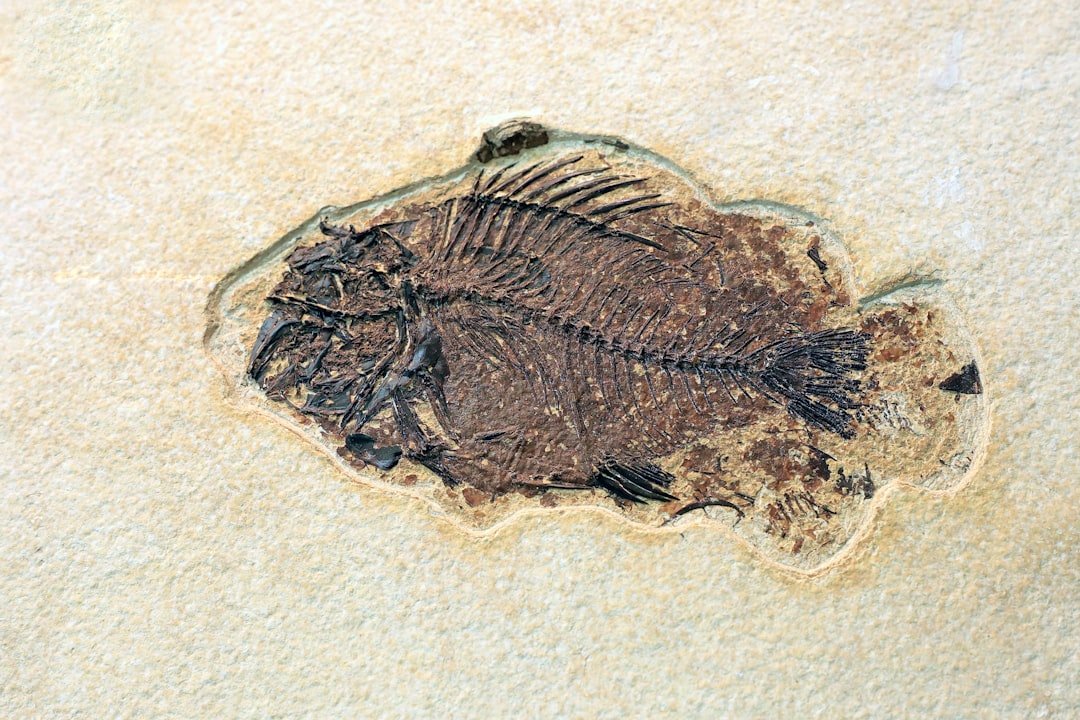
New fossil sites continue to appear in places that were once remote on the scientific map, adding species, soft tissues, and entire habitats to our view. High‑energy accelerators and micro‑CT scanners are getting better at teasing detail from specimens thinner than a fingernail, while non‑destructive geochemistry pulls environmental data from the same rock. On the analytical side, improved molecular clock models and Bayesian phylogenetics help reconcile fossil dates with genetic divergence estimates, shrinking the uncertainty bars that used to plague timelines. Computational fluid dynamics can now test whether a radiodont flap beat produced lift or thrust, turning artistic reconstructions into aerodynamics lessons. Even better, open datasets let teams on different continents test and refine each other’s claims quickly.
Challenges remain: soft‑bodied preservation is biased toward rare conditions, absolute dates can wobble without volcanic markers, and the record is patchy across regions. Climate change also threatens some classic sites through erosion and extreme weather, putting irreplaceable fossils at risk. Ethical questions about collecting and export need careful, collaborative solutions that respect local communities. The tools are powerful, but trust and access determine what we can learn. The future of Cambrian science is as much about stewardship as it is about technology.
From Ancient Tools to Modern Science
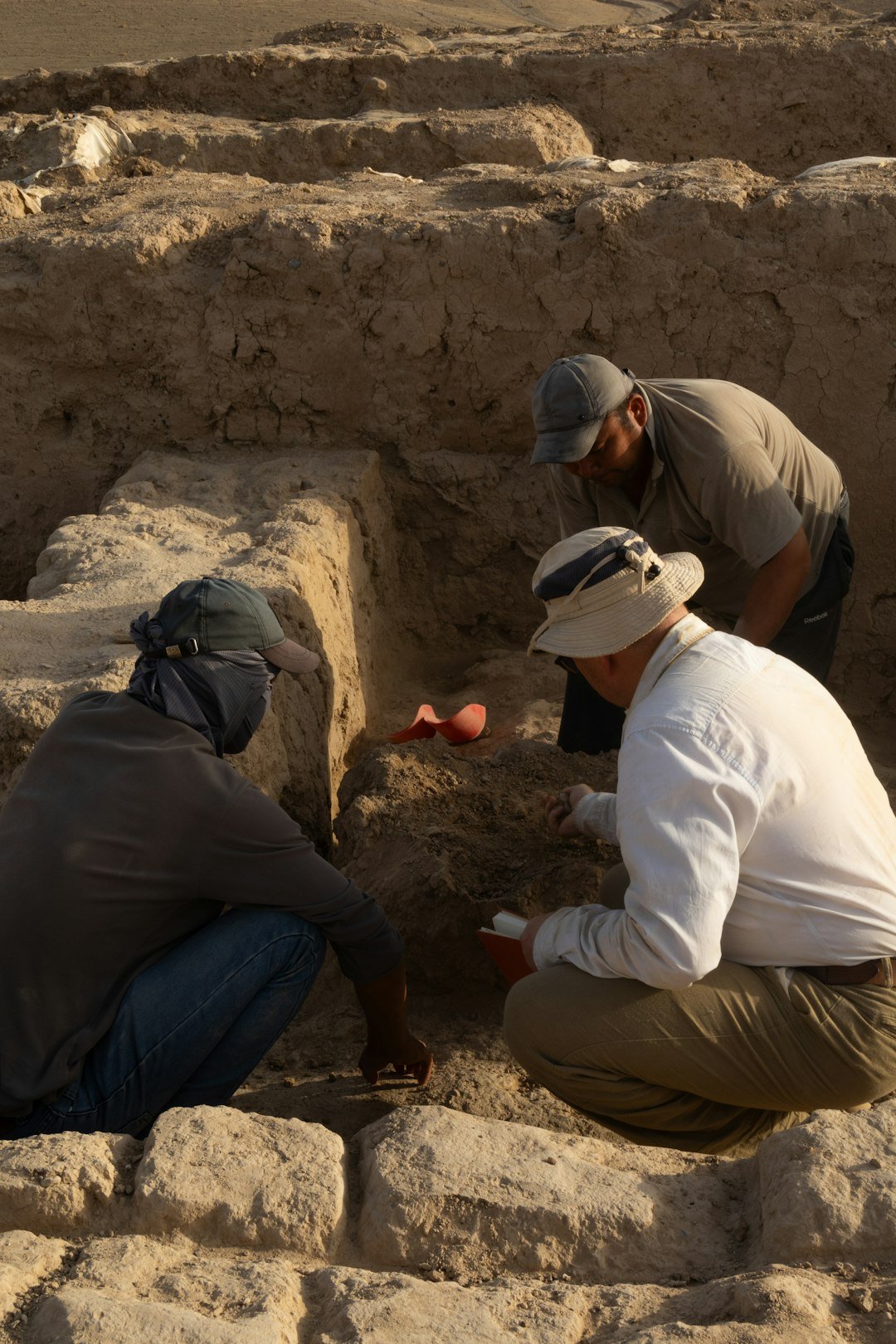
Fieldwork is still the beating heart of discovery, but the toolkit looks different in 2024 than it did even a decade ago. Drones map strata with centimeter precision, guiding teams to the right layers faster and safer. Portable spectrometers screen rock chemistry on site, flagging horizons that may preserve soft tissues before a hammer ever hits. Back in the lab, segmented 3D models move seamlessly into biomechanical tests and evolutionary analyses, cutting the time from specimen to insight. This pipeline compresses years into months without skipping rigor.
Just as importantly, the culture of data sharing has expanded, with repositories that store scans, photos, and metadata for others to reanalyze. That transparency doesn’t just boost confidence; it multiplies the number of eyes on the problem, catching errors and uncovering patterns one team might miss. Collaboration across geology, biology, and computation means fewer blind spots. The result is a steadier, clearer picture of how Cambrian seas functioned. It’s the kind of progress you feel in the quality of questions we can finally ask.
Conclusion

Curiosity fuels this science, and you can help keep the engine running. Visit natural history museums and research exhibits that showcase soft‑bodied fossils, because public interest helps protect field sites and fund careful curation. Support organizations that back field grants, student training, and digital archiving of fragile specimens so they’re preserved for future generations. If you hike in fossil‑rich regions, follow local laws, report significant finds to authorities, and never remove specimens from protected areas. Most of all, keep asking how we know what we think we know – the Cambrian rewards every good question with a better one.

Suhail Ahmed is a passionate digital professional and nature enthusiast with over 8 years of experience in content strategy, SEO, web development, and digital operations. Alongside his freelance journey, Suhail actively contributes to nature and wildlife platforms like Discover Wildlife, where he channels his curiosity for the planet into engaging, educational storytelling.
With a strong background in managing digital ecosystems — from ecommerce stores and WordPress websites to social media and automation — Suhail merges technical precision with creative insight. His content reflects a rare balance: SEO-friendly yet deeply human, data-informed yet emotionally resonant.
Driven by a love for discovery and storytelling, Suhail believes in using digital platforms to amplify causes that matter — especially those protecting Earth’s biodiversity and inspiring sustainable living. Whether he’s managing online projects or crafting wildlife content, his goal remains the same: to inform, inspire, and leave a positive digital footprint.

